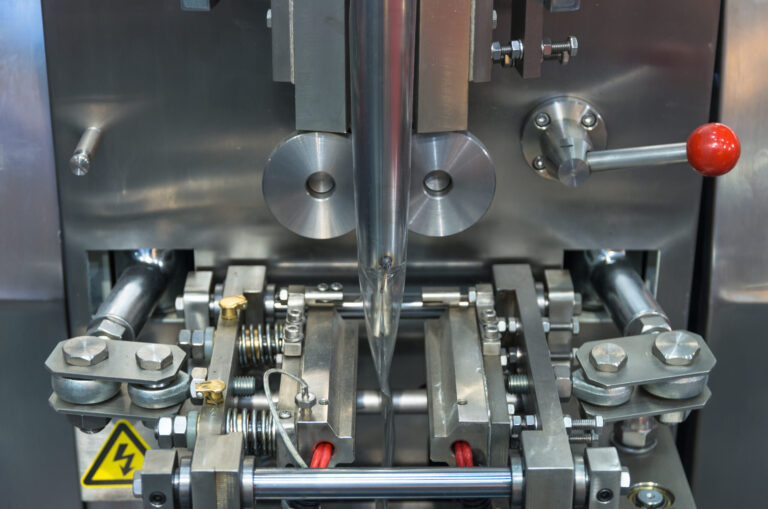Predictive maintenance is the use of performance monitoring systems that are designed to help businesses streamline maintenance needs and anticipate their utilization in an effort to maximize uptime statistics of essential equipment.
Many users ask, “What is predictive maintenance?” when first arriving at this new concept for preventing the breakdown of essential parts and components. But the truth is that brands of all shapes and sizes are already using these tactics for maximizing their ongoing output. Put simply, there are four general approaches to the maintenance process: reactive, planned, proactive, and predictive maintenance. Within these frameworks, reactive maintenance and planned maintenance options are some of the least effective strategies for creating lasting runtime on essential components and systems. Fixing issues based on an arbitrary schedule or when a part breaks means that you won’t be doing anything to mitigate damage to machinery and parts. In practice, every piece of equipment needs routine maintenance scheduled months in advance. But in the real world, all manner of unforeseen events get in the way of this plan of action.
With the use of proactive and predictive maintenance cycles, greater control can be implemented over the ongoing fabrication processes that are undertaken in any facility. Of course, predictive maintenance offers the greatest level of support for the business’ output over all other options for maintaining the integrity of core equipment. The goal of predictive maintenance is straightforward. It’s to utilize analytical processes and monitoring solutions that conform to Industry 4.0 and Industrial Internet of Things (IIoT) implementations. And it’s used to identify issues in the fabrication, construction, or supply processes before they can occur in order to maintain consistent uptime across the entire system. This is accomplished with the help of a varied approach to monitoring and maintenance rollouts. Continue reading to learn more about how this is achieved.
Monitoring approaches take on a number of unique elements.

Monitoring elements of the production cycle is a core competency in the use and success of any predictive maintenance approach. With the use of infrared thermography, acoustic monitoring, vibration analysis, oil analysis, and other predictive maintenance technologies, brands are able to ensure the continued efficacy of a wide range of tools and parts that are crucial to the ongoing success of the business as a whole.
Tactics like infrared thermography, acoustic monitoring, and vibration analysis lean on the use of big data collection and analysis, offering a non-intrusive approach to maintenance and monitoring that can make repairing any budding issues easier and faster than ever before. With infrared technology, teams within your business are able to detect higher or lower temperatures in equipment and take steps to rectify the issue. Likewise, with acoustics and vibration analyses, monitoring staff can record standardized figures for normal operation and detect variances within the vibration or noises emitted from machinery in constant operation. As small changes are detected with specialized equipment, teams can then take steps to make adjustments early on to prevent exaggerated downtimes.
Predictive maintenance offers boosted profits over the long term as a result of effective operational efficiency.

One essential task that predictive maintenance achieves over the long term is the installation of greater profits and profit margins across the spectrum of tasks and product outputs that your facility engages in. With greater uptime across your essential mechanisms, you can expect to produce more goods over the span of any new product’s run. Profits are crucial for maintaining your business’ success and competitive edge in the market, so utilizing the tools that are built into the predictive approach to maintenance tasks is a must for any brand looking to make a larger splash in the market.
With this approach to maintenance, greater safety features, profits, and more can be achieved with a unique level of ease and confidence.















